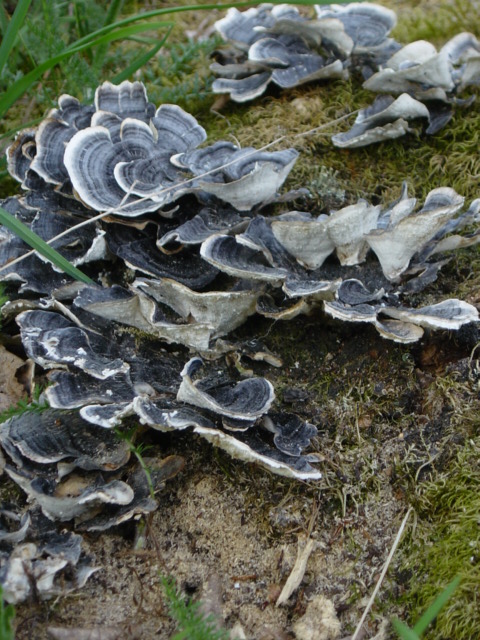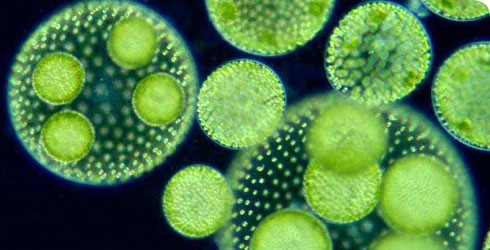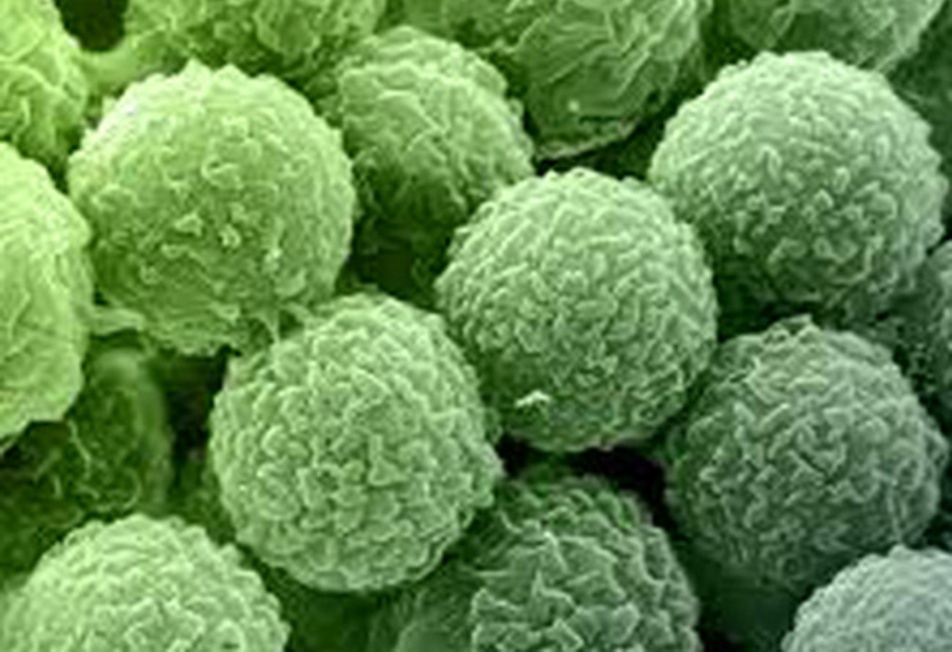Mould spores. We collect them
We collect things. Lots of things.
You might have heard about our major collections – the National Wildlife Collection, National Fish Collection, National Insect Collection, National Herbarium. You might even have heard of the Cape Grim Air Archive. But what about the National Soil Archive? Let alone the Fungus Collection or the Algae Collection.
The National Soil Archive contains more than 70 000 soil samples from nearly ten thousand sites across Australia. They’re not just bits of dirt picked up from anywhere. Not only are the samples representative of soil types throughout Australia, they’re a time capsule of sorts as well. Quite a lot of the samples date from the early 1920s, before widespread pesticide use.
Having these old samples gives us an historical record of soil carbon, so they’re an important resource for our work on climate change. They also provide an interactive key to Australian soil classification, which is a handy tool for landcare advisors, agronomists, environmental consultants, ecologists, foresters, geomorphologists, land use planners and catchment managers, and they form the backbone of our SoilMapp tool. Who’d have thought?
And there are actually three different fungi collections. There’s the Wood-Inhabiting Fungi Collection, which is self-explanatory. Then there’s the WA-based Mycology Herbarium, which deals with fungi as parts of ecosystem biodiversity. 
The third is a little more off-putting. It’s the FRR Culture Collection. It’s a comprehensive archive of filamentous fungi and yeasts of the kinds associated with processed food spoilage. To put it simply, the national mould collection is a real thing. It’s not in a student share house fridge, but carefully stored and catalogued at CSIRO.
We mustn’t forget the algae. We have a comprehensive collection – the Australian National Algae Culture Collection – stored in Hobart: more than 1000 strains of over 300 species. It’s an important resource for two reasons. The first is that the nutrient value of algae is of growing scientific interest. The second is – and this  might come as a surprise – it’s aligned with CSIRO’s Microalgae Supply Service. This provides microalgal strains for ‘starter cultures’. They go to industry, research organisations and universities in more than 50 countries. We also supply starter cultures to the Australian aquaculture industry: microalgae are the essential first foods for larval and juvenile animals. They’re also the basis of our Novacq™ prawn food additive.
might come as a surprise – it’s aligned with CSIRO’s Microalgae Supply Service. This provides microalgal strains for ‘starter cultures’. They go to industry, research organisations and universities in more than 50 countries. We also supply starter cultures to the Australian aquaculture industry: microalgae are the essential first foods for larval and juvenile animals. They’re also the basis of our Novacq™ prawn food additive.
We think the contents of our cupboards are pretty interesting. They’re certainly unusual.



6th November 2014 at 11:52 pm
And don’t forget to mention the wood collection – an essential collection for the southern hemisphere.